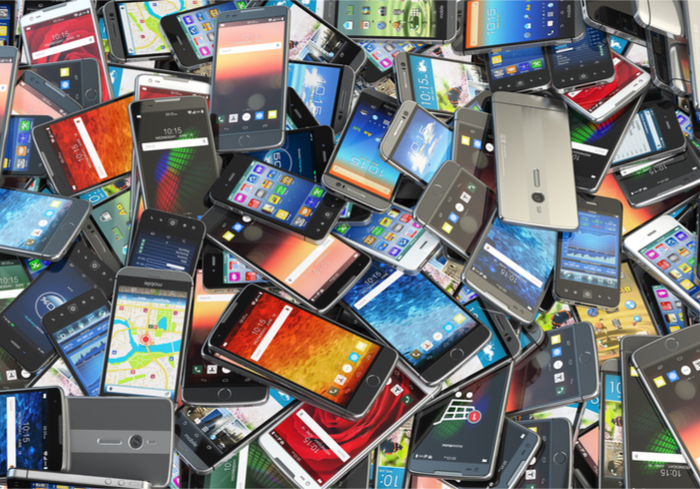
Smartphone sales worldwide fell in the fourth quarter of 2017 compared to the same period in 2016, marking the first decline Gartner has seen since the firm started tracking sales in 2004. A little more than 400 million smartphones were sold to consumers in the last three months of 2017, which marks a 5.6 decline from 2016, Financial Times reported.
Even though consumers want new features, such as high-quality cameras and 4G connectivity, they’re not inclined to upgrade to a new phone based on incremental changes from tech companies like Apple and Samsung. While 10 years of growth has brought smartphone or tablet access to most people, the telecom industry has witnessed declining sales in the largest smartphone market on the planet — China. As a result, original equipment manufacturers (OEMs) and chipmakers are now innovating new product lines to place in automated cars and Internet of Things devices.
The news comes as Apple may not sell as many iPhone X models as was previously expected, despite the hype over its new, high-end phones, according to a report from Seeking Alpha. KGI Securities Analyst Ming-Chi Kuo reduced his lifetime sales forecast for the new iPhone X from 80 million to 62 million phones. He also predicts Apple will stop producing the premium model in 2018.
In his analysis, Kuo cited weak sales in China. While Chinese users love the larger screen of the iPhone X, its notched design and dearth of compatible apps has soured demand for the phone.
Despite the significant hype leading up to the release of the iPhone 8, iPhone 8 Plus and iPhone X, customers are buying these new offerings at about the same rate as models released in the past two years. A survey of 300 iPhone buyers by technology analysis firm Consumer Intelligence Research Partners estimates the iPhone X, iPhone 8 and iPhone 8 Plus combined to account for 69 percent of U.S. iPhone sales for the month ending Dec. 3, while older models represented the remaining sales.